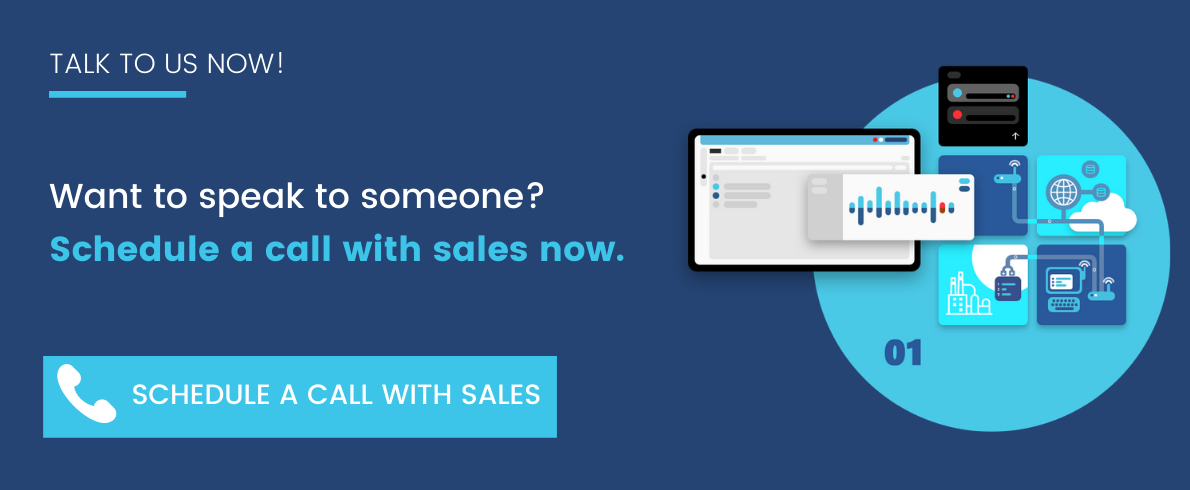But traditional S&OP processes are slow and cumbersome.
They aren’t suited to the speed and complexity of modern business. Instead, you need S&OP solutions that keep up with rapid changes. Here are seven useful tips for choosing the best S&OP software for your business.
1: Decide What You Want to Achieve with S&OP
Before you start, take a few seconds to determine why you want S&OP software:
- How do you plan to use it?
- Do you have executive buy-in?
- Are other departments like sales and marketing and manufacturing on board?
It’s essential to have a clear S&OP process strategy.
This should take into account your current level of S&OP maturity before you start searching for the best S&OP software.
2: Determine Your S&OP Software Options
Numerous vendors sell S&OP software.
Normal S&OP software includes add-ons to existing ERP and separate packages. Most follow the standard S&OP process of:
- Demand plan
- Supply chain plan
- Pre-S&OP meeting
- Executive S&OP meeting
Sounds simple, doesn’t it?
The devil is in the detail. Accurate S&OP planning entails processing lots of data. This takes time, so data is often out of date before the plan is even ready.
An alternative is S&OP solutions using prescriptive analytics that overcome these constraints. These offer fast turnaround, greater accuracy and support-informed decision-making.
3: You Don’t Need Financial Integration! Or Do You?
There’s been much debate about including financials in S&OP. Many purists reject this idea,
but current thinking is that financial optimization is essential for S&OP because this ties in with operational performance measurement.
This is facilitated by S&OP software that includes robust financial modeling which integrates financial and operational data right out of the box.
4: The Benefit of What-If Capabilities
A major benefit of S&OP software based on prescriptive analytics is an ability to ask what-if questions questions:
- What if I introduce a new product?
- What if I reduce margins to increase sales?
In the past, answers to these and other questions were obscure and ill-defined.
Not anymore.
With advanced analytics powering S&OP software, it’s possible to analyze hundreds or thousands of different scenarios simultaneously and collaboratively to determine the best strategy.
5: What Do Customers Say?
It’s always a good idea to get an unbiased opinion, no matter what type of software you’re looking for. What do users think?
Ask vendors for references, case studies, and testimonials. The more transparent a vendor is about their customer base and customer sentiment, the more trustworthy they are. Ask if they regularly collect Net Promoter Scores (NPS).
If so, what’s their average?
For SaaS, an average NPS score is 31, so look for companies with scores slightly higher than that. (Fun fact, our score is in the 50s!)
Other important customer experience metrics to look for are the Customer Satisfaction Score (CSAT) and Customer Effort Score (CES).
Lastly, customer review sites can provide fantastic first-hand insight into how happy customers are with a specific technology solution. Gartner Peer Insights is a great place to start, as it provides very detailed information on specific pros and cons of S&OP software solutions.
(Read our 11 S&OP Software customer reviews here!)

6: Jump to S&OP Maturity
It takes resources and commitment to introduce S&OP software.
But it’s possible to take your company to S&OP maturity in one step.
The secret is using prescriptive analytics to model your business digitally. This is sometimes known as creating a digital twin. Using your data together with accurate sales forecasts, you’re then able to interrogate the model and determine the optimal S&OP for your business.
7: Speed Up the S&OP Cycle
But it still takes a lot of time to collect sales data and prepare supply and demand plans.
Wrong.
Because the digital model accurately reflects the business, it’s easier to enter sales forecasts, determine demand and prepare sales plans using real data. Additionally, there’s no need to repeat the cycle if sales revise forecasts.
Simply punch in the new figures and let the model revise the demand and sales plan.
8: Talk to the Experts
Comparative websites are another fantastic option. Gartner’s magic quadrant for S&OP software is a widely respected analyst publication on S&OP software. There are also other large analyst firms — like Ventana Research, IDC and Forrester — that offer consulting around S&OP process and technologies.
It’s important to also explore the niche firms that focus more specifically on manufacturing or supply chain. Below are a few of our favorites:
- Supply Chain Insights – The company was founded by Lora Cecere, an ex-Gartner analyst and highly respected supply chain influencer
- ARC Advisory Firm – Steve Banker is the star supply chain analyst here and frequently writes for Forbes
- SCM Media – A Europe-focused publication that produces exceptional educational content on all things supply chain and logistics
Want to learn more about our S&OP Solution? Click the link below to schedule a meeting directly with our sales team.







